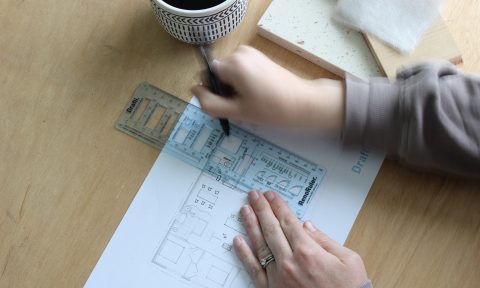Before renovating an investment property, there are a number of factors investors should be aware of, particularly as any work completed could impact the deductions available to be claimed. Below are a few considerations investors should make in order to reap the maximum rewards both in terms of adding value to the property and at tax time.
 How To: Carefully claim deductions when renovating
How To: Carefully claim deductions when renovating
1. Claim depreciation for renovations completed by a previous owners – Often when an investor purchases an older property, at some stage since the building’s original construction, renovation work may have been completed. Although the ATO restricts property owners from claiming capital works deductions for properties constructed prior to the 18th of July 1985, they can claim capital works for renovations completed after this date, even if the work was completed by a previous owner. Quantity Surveyors will discover any previous renovations, even less obvious ones like new plumbing or electrical wiring, during a site inspection of the property.
2. Be aware that any work completed to an income producing property could affect depreciation deductions – Investors often make the mistake of claiming renovations as repairs and maintenance. This can put them at risk of an audit by the Australian Taxation Office (ATO). The ATO provide clear definitions on the difference between repairs, maintenance and capital improvements. It is important to get it right to ensure deductions are correct and maximised. As a general rule, repairs are classified as work completed to fix damage or deterioration to a property, for example replacing part of a damaged fence. Maintenance on the other hand is work completed to prevent deterioration of the property, for example servicing a hot water system. Capital improvements occur when any work completed enhances the condition or value of an item beyond its original state at the time of purchase. This work must then be classified as a capital works deduction or as plant and equipment and depreciated over time.
3. Ask a specialist Quantity Surveyor about the deductions available before renovating – Renovations impact the depreciation deductions available for an income producing property. Owners should consult with their specialist Quantity Surveyor prior to starting any work. This is because any items removed may have a remaining depreciable value that can be claimed as an immediate deduction in the year the asset is removed and replaced. This is a process known as ‘scrapping’. Once the renovation is completed, the Quantity Surveyor will perform a second inspection to capture details of all of the new structures and assets added to the property. An updated depreciation schedule will be produced to include the details of the deductions an investor can claim for both pre-existing assets and structures and the new items which have been added to the property
4. Choose new assets carefully when renovating to maximise future deductions – Different asset types will affect the depreciation deductions available. For example, when looking at flooring valued around $2,000 the different types have a very different result. The below table demonstrates the difference in deductions for the owner for flooring:

Article written by Chief Executive Officer of BMT Tax Depreciation, Bradley Beer (B. Con. Mgt, AAIQS, MRICS, AVAA). Please contact 1300 728 726 or visit www.bmtqs.com.au for more information on how BMT can help you.









